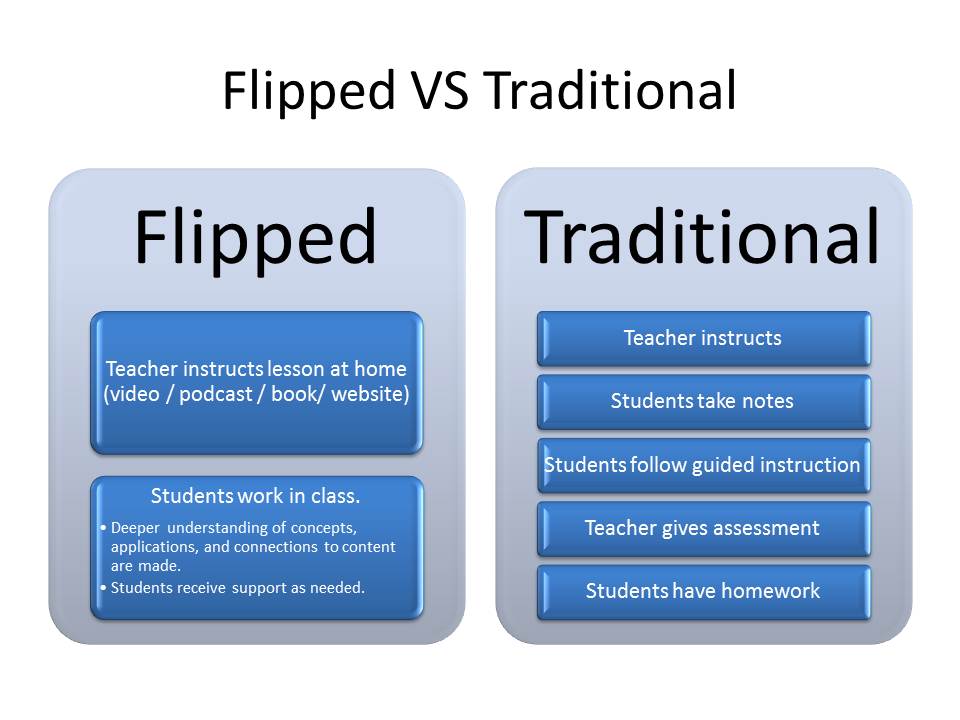Media literacy is the ability to access, analyze,
evaluate, and create media in a variety of forms. Media literacy skills are
also included in educational standards such as: language arts, social studies,
science, health and other standards. Media
literacy has become an important skill to have in the 21st century.
Students who are media literate will be able to better understand the complex messages
they receive from the internet, video games, and all other forms of media.
Media literacy has even been endorsed by the President, teachers, and different
organizational groups. Many studies suggest that if students know about media
literacy they will be less vulnerable to negative media in the world.
 Media
literacy is important because it is essential for schools. Many young children
are growing up with technology and media in their lives. Children that are very
young up unto age eight are spending hours looking at a screen. A lot of children’s
ideas and behavior are controlled by what they see and do on that screen which
is a program created by an individual. Schools should include media literacy
education for their children because it is an effective way to engage students
in critical thinking skills for optimal learning. Media literacy can also
protect students from the unhealthy aspects of it so they will have the
knowledge to know right from wrong. Educators have to be trained greatly on
media literacy as well so they can develop a comprehensive understanding of the
impact of media literacy on a child’s learning. Teachers will be able to use
their strategies to help families become more media literate so they can deal
successfully with the media in their children’s lives.
Media
literacy is important because it is essential for schools. Many young children
are growing up with technology and media in their lives. Children that are very
young up unto age eight are spending hours looking at a screen. A lot of children’s
ideas and behavior are controlled by what they see and do on that screen which
is a program created by an individual. Schools should include media literacy
education for their children because it is an effective way to engage students
in critical thinking skills for optimal learning. Media literacy can also
protect students from the unhealthy aspects of it so they will have the
knowledge to know right from wrong. Educators have to be trained greatly on
media literacy as well so they can develop a comprehensive understanding of the
impact of media literacy on a child’s learning. Teachers will be able to use
their strategies to help families become more media literate so they can deal
successfully with the media in their children’s lives.
Here are three live links to this topic:

